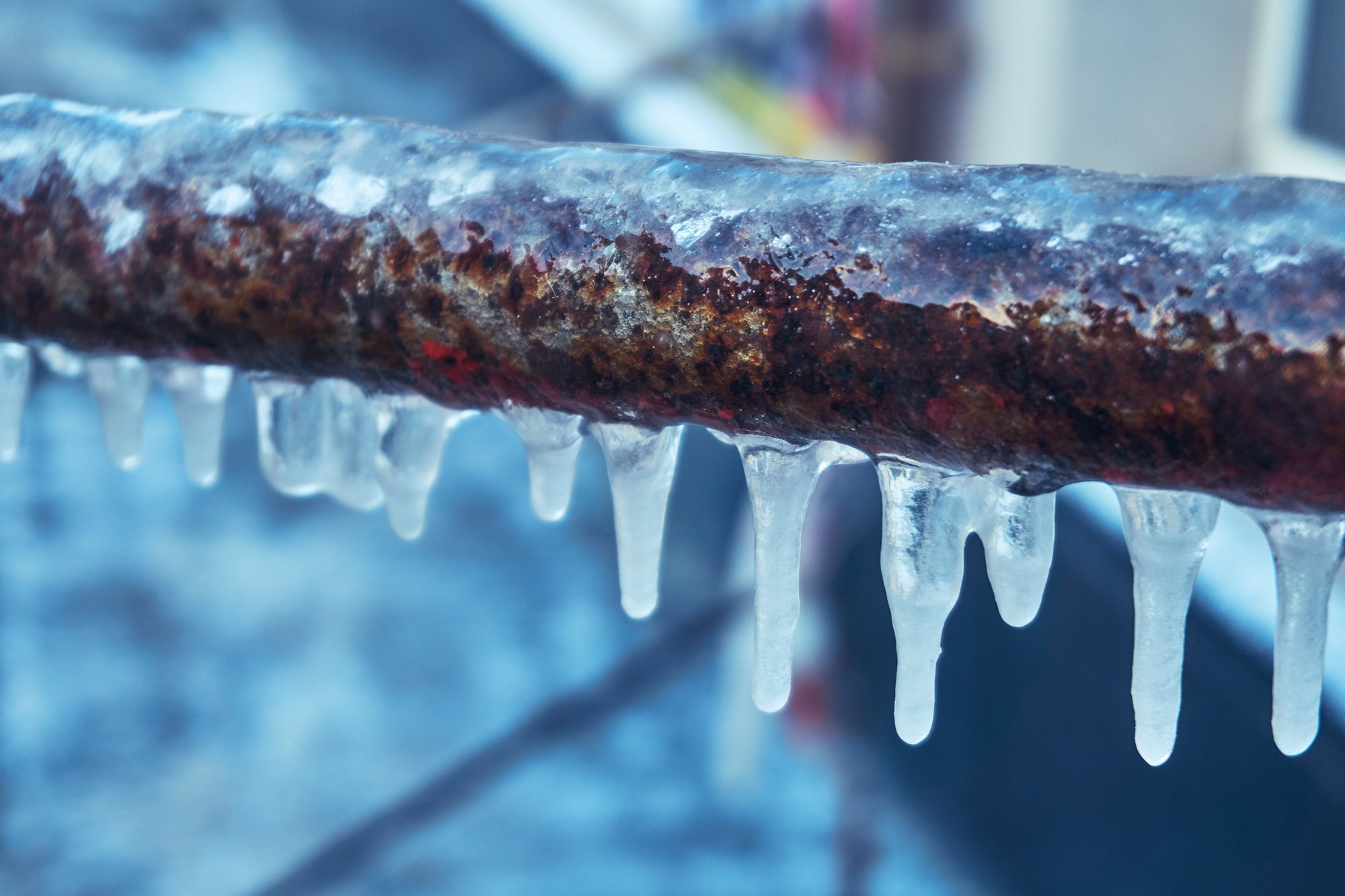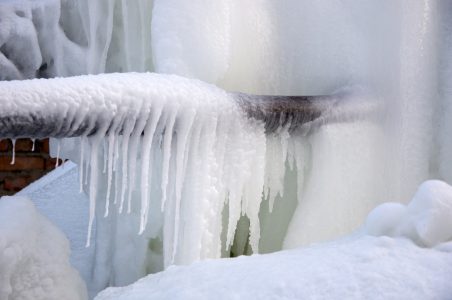Critical Approaches for Preventing Frozen Pipes in Winter
Critical Approaches for Preventing Frozen Pipes in Winter
Blog Article
What are your ideas regarding How To Avoid Freezing Pipes?

Cold weather can ruin your plumbing, especially by freezing pipelines. Here's just how to prevent it from occurring and what to do if it does.
Intro
As temperatures drop, the danger of icy pipelines increases, potentially bring about pricey repair work and water damage. Comprehending just how to stop icy pipes is vital for house owners in chilly environments.
Understanding Frozen Pipes
What triggers pipelines to freeze?
Pipes freeze when exposed to temperatures below 32 ° F (0 ° C) for prolonged periods. As water inside the pipelines freezes, it broadens, putting pressure on the pipe wall surfaces and possibly triggering them to burst.
Risks and problems
Icy pipes can lead to water supply disturbances, building damages, and expensive repairs. Ruptured pipes can flooding homes and cause considerable structural damages.
Signs of Frozen Piping
Determining icy pipes early can stop them from bursting.
Exactly how to identify frozen pipelines
Look for reduced water circulation from faucets, unusual smells or sounds from pipes, and visible frost on subjected pipelines.
Avoidance Tips
Insulating prone pipelines
Cover pipelines in insulation sleeves or make use of warmth tape to shield them from freezing temperatures. Focus on pipes in unheated or exterior areas of the home.
Heating methods
Keep interior spaces sufficiently heated up, specifically locations with plumbing. Open cabinet doors to allow cozy air to flow around pipes under sinks.
Safeguarding Exterior Plumbing
Garden hose pipes and exterior faucets
Separate and drain yard hoses before winter. Set up frost-proof faucets or cover outdoor faucets with insulated caps.
What to Do If Your Pipes Freeze
Immediate actions to take
If you presume icy pipelines, maintain faucets available to soothe stress as the ice thaws. Utilize a hairdryer or towels taken in hot water to thaw pipes slowly.
Long-Term Solutions
Architectural changes
Take into consideration rerouting pipelines away from exterior wall surfaces or unheated areas. Add added insulation to attic rooms, basements, and crawl spaces.
Updating insulation
Buy top notch insulation for pipes, attic rooms, and walls. Proper insulation assists maintain regular temperatures and lowers the danger of icy pipes.
Verdict
Stopping icy pipes calls for proactive procedures and quick feedbacks. By recognizing the reasons, indicators, and safety nets, home owners can shield their pipes throughout cold weather.
5 Ways to Prevent Frozen Pipes
Drain Outdoor Faucets and Disconnect Hoses
First, close the shut-off valve that controls the flow of water in the pipe to your outdoor faucet. Then, head outside to disconnect and drain your hose and open the outdoor faucet to allow the water to completely drain out of the line. Turn off the faucet when done. Finally, head back to the shut-off valve and drain the remaining water inside the pipe into a bucket or container. Additionally, if you have a home irrigation system, you should consider hiring an expert to clear the system of water each year.
Insulate Pipes
One of the best and most cost-effective methods for preventing frozen water pipes is to wrap your pipes with insulation. This is especially important for areas in your home that aren’t exposed to heat, such as an attic. We suggest using foam sleeves, which can typically be found at your local hardware store.
Keep Heat Running at 65
Your pipes are located inside your walls, and the temperature there is much colder than the rest of the house. To prevent your pipes from freezing, The Insurance Information Institute suggests that you keep your home heated to at least 65 degrees, even when traveling. You may want to invest in smart devices that can keep an eye on the temperature in your home while you’re away.
Leave Water Dripping
Moving water — even a small trickle — can prevent ice from forming inside your pipes. When freezing temps are imminent, start a drip of water from all faucets that serve exposed pipes. Leaving a few faucets running will also help relieve pressure inside the pipes and help prevent a rupture if the water inside freezes.
Open Cupboard Doors
Warm your kitchen and bathroom pipes by opening cupboards and vanities. You should also leave your interior doors ajar to help warm air circulate evenly throughout your home.

As a keen reader about Winter Plumbing Precautions: Preventing Frozen Pipes, I imagined sharing that blog post was sensible. Do you know another individual who is looking into How To Avoid Freezing Pipes? Please feel free to promote it. Kudos for your time. Please come visit our blog back soon.
Get Your Estimate Now Report this page